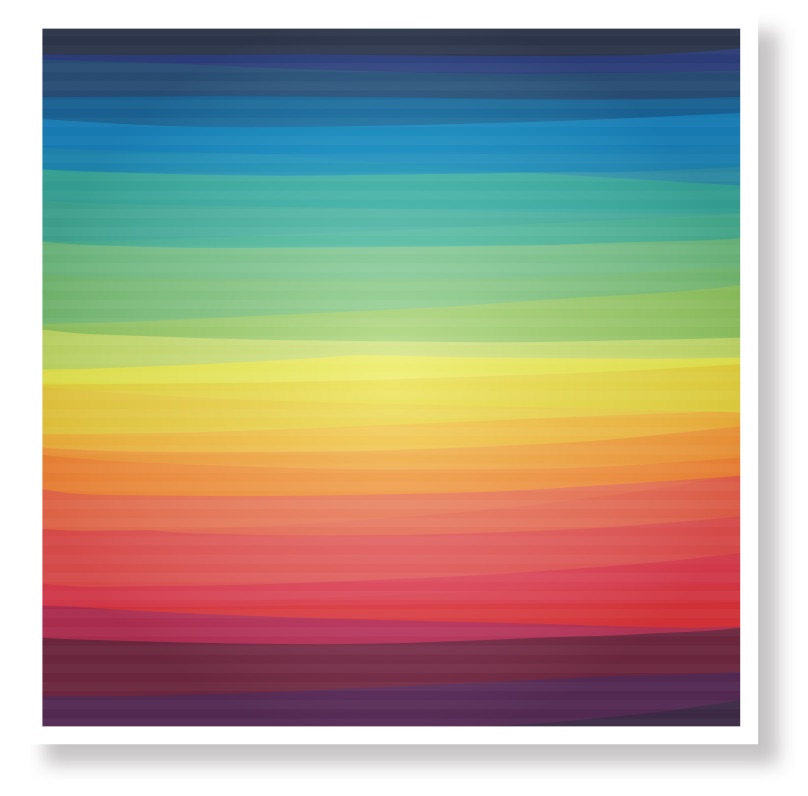You Name It
Colours play an important role in our lives. They can remind us of a place, a time of year, or our favorite traditions, and can also shape the way we feel. But when it comes to what different colours symbolize in cultures around the world, these associations can vary greatly. Read on for a glimpse into how some colours shape emotions and beliefs of different cultures.
Red is the most powerful of all colours in Indian culture and has many important meanings. Among them are fear and fire, wealth and power, love and beauty. In South Africa, red is associated with mourning, and the section of red in the country’s flag symbolizes violence. In Chinese culture, people wear red traditionally on the New Year, as well as during funerals and weddings. It represents celebration and is believed to bring luck, happiness, and a long life to the people.
From depression to royalty to trust, blue holds more meanings than any other colour around the world. In Western cultures, blue is commonly associated with feeling melancholy. It’s also considered to be a calming colour that symbolizes trust and security. Blue is also a symbol of masculinity and represents the birth of a boy—the opposite of China, where blue is considered a feminine colour.
In many Western cultures, orange is considered a fun colour, and represents curiosity, trying new things, and creativity. Certain countries also associate orange with wealth. In the Netherlands, for example, it’s the national colour and represents the Dutch royal family. But in many Middle Eastern countries, such as Egypt, orange is associated with mourning.

